Es Devlin
The cover star of the latest Protein Journal on realising the live show aspirations of Kanye West and Rihanna
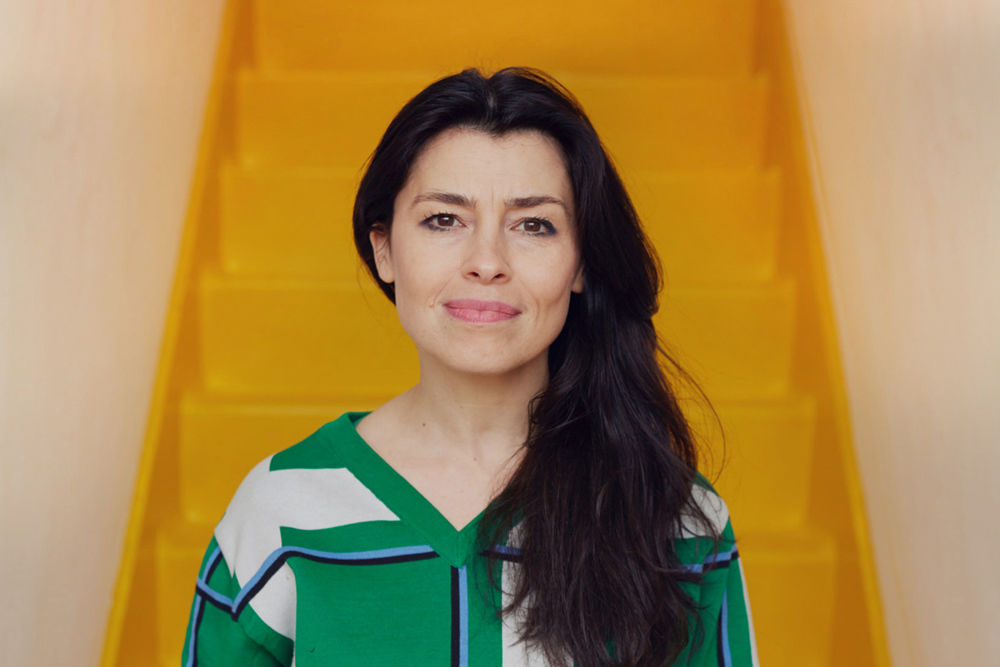
This article originally appeared in the Protein Journal #12. Photos by Nick Ballon.
Stories are at the heart of all human creativity. The value of everything we make, build, record or write is found in the journey – in what happens on the way from A to B. The narrative arc. An architect is concerned with how people will walk through their building, a sculptor thinks about the direction of thought surrounding their pieces, and a photographer’s work is defined by the context it exists in. All art tells a story.
And the creations of Es Devlin, perhaps the most inventive and original set designer working today, are no different. From her work on the closing ceremony of the 2012 Olympic Games to designing Kanye West’s constantly evolving live shows for nearly a decade, her eye for scale, scope and the possibilities offered by the stage is unparalleled. Mixing a variety of mediums – reality-defying structures, dynamic lighting and projections that instantly transform entire arenas, and giant inflatables that appear out of nowhere – her live shows stand apart as the benchmark for her industry and set the bar of what is possible in a physical space.
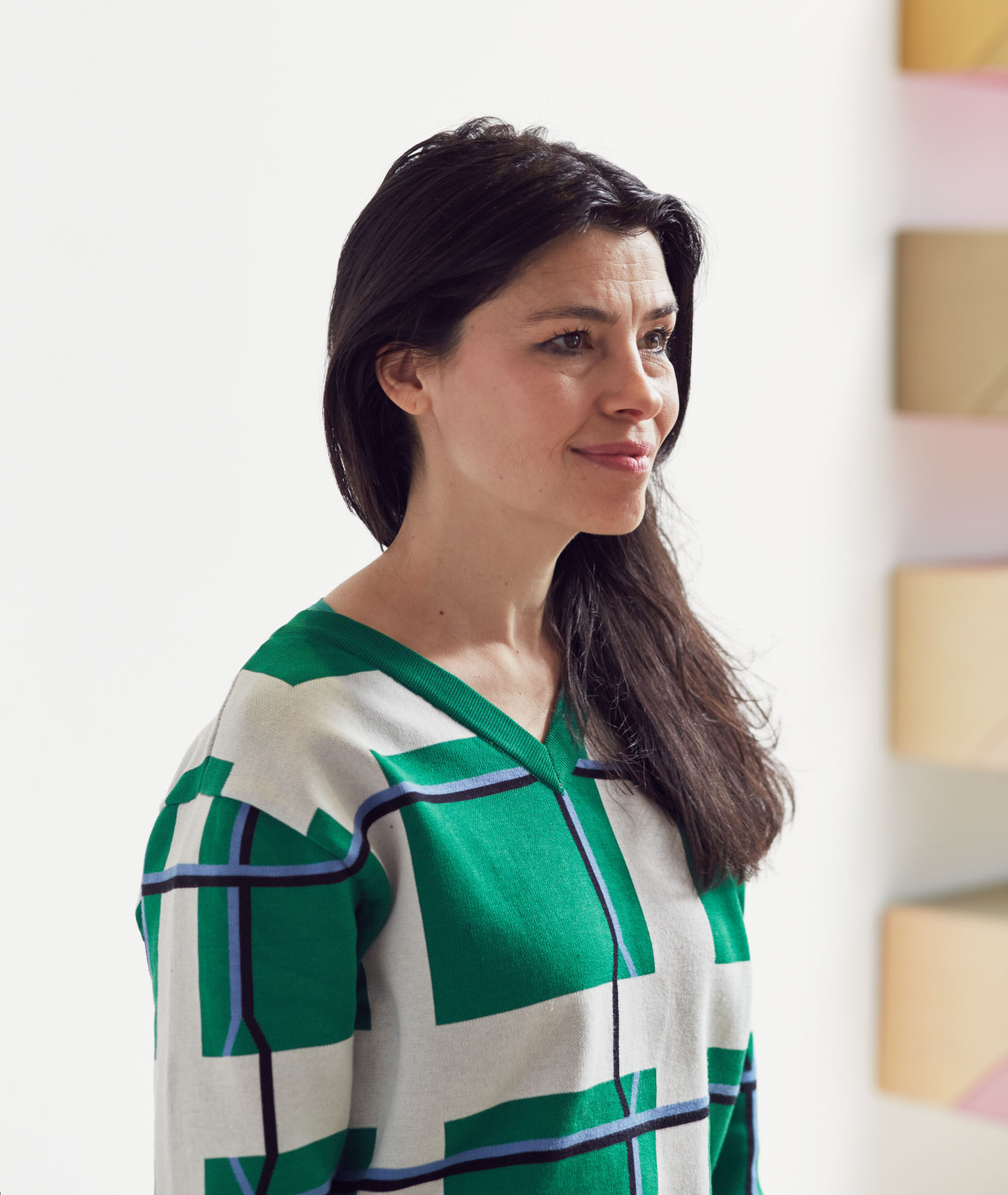
“If it’s tap-dancing at the Palladium in the West End or round the corner in the Royal Opera House at a German opera, or if it’s Miley Cyrus sliding down a giant tongue, or Kanye standing on a mountain, each of these has value to me,” says Devlin when asked how she manages such an eclectic range of genres. When we met she was neck deep in technical rehearsals for I Can’t Sing, the X Factor/Pop Idol spoof from the mind of Harry Hill. “I really wanted to do something funny. I wanted to try my hand at broad, cardboard-cut-out comedy,” she explains, and despite it being fresh territory for her, she’s approaching it just as she would any of her previous projects. “I don’t sit and come up with ideas, I’m invited to do stuff and I respond to the invitation,” she says. “The first thing to do is to decide if it’s right to do. Is it appropriate? Does it fit?” And if it does? “Will I be killing myself? Will I see my children? Once those questions are answered ‘yes’, we may collaborate.”
Having strict parameters for who you work with and what you work on is a luxury only those at the top of their field can afford and it’s a luxury that Devlin’s extensive and diverse portfolio affords her. “You meet them, look them in the eye, and try to understand what they want to achieve, the story they want to tell and what world they want to create. That process is the most crucial.” When working with some of the most high-profile artists in the world, finding a common creative ground and a shared vision is no easy task. However, it seems Devlin has an incredibly pragmatic approach: “If you want to work in pop music, you have to be able to deal with the brutality of logistics.” When you’re operating at that level, it seems the only way to get anything done and to turn your visions into reality is to not get too attached to particular ideas. “It’s a case of being open. Not getting fixed. That’s the real key to collaboration: not getting entrenched.”
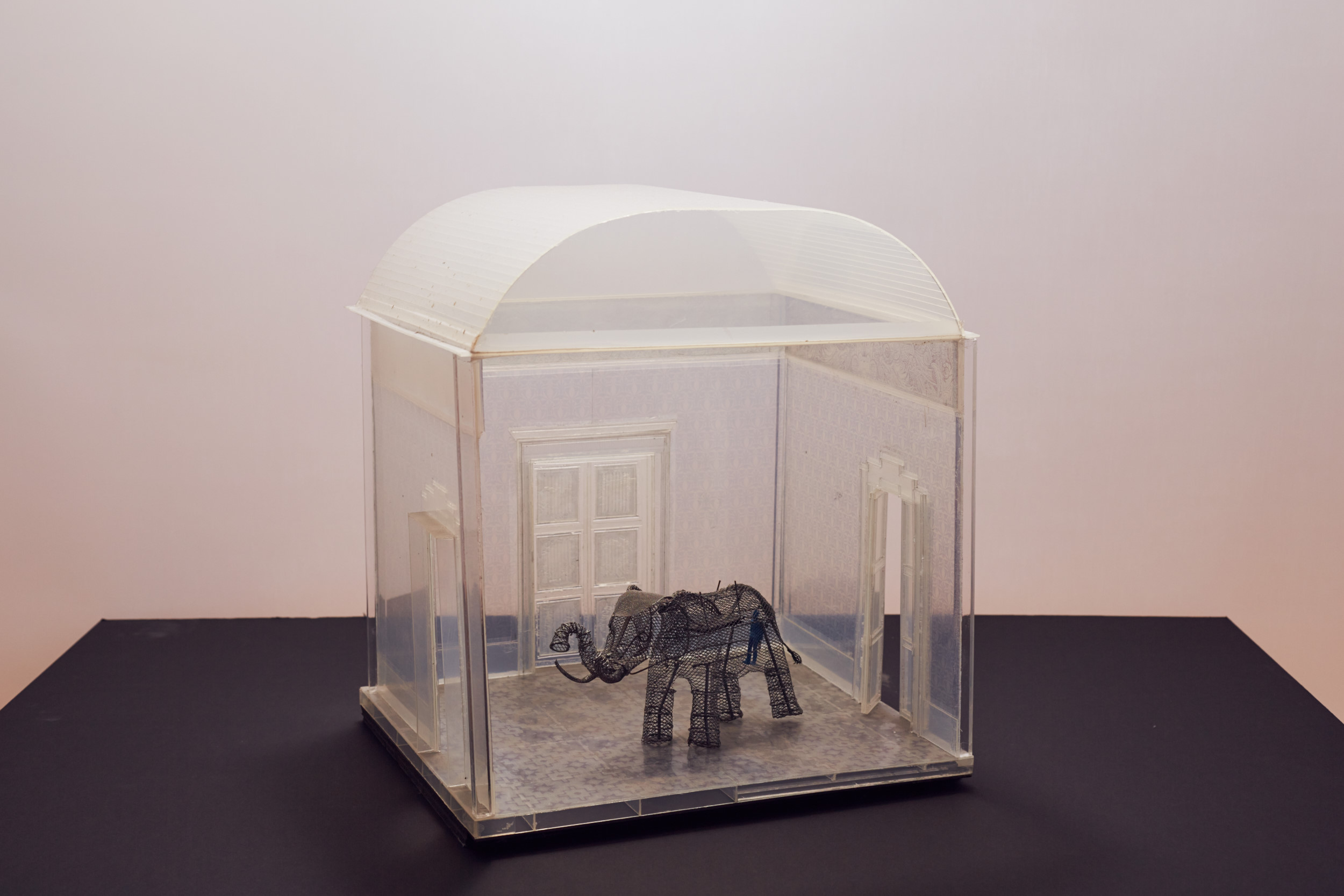
This approach is perhaps wise considering the calibre of artists Devlin collaborates with. The likes of Rihanna, the Pet Shop Boys and Take That have all had their live shows transformed by Devlin’s unique vision. However, even among such esteemed company, perhaps her most notable client, with whom she’s been working with since 2005, is Kanye West. “With artists like him, they’ve reached a level in their lives where they don’t really need to encounter bad taste. Not in clothes, not in architecture, not in interior design. Everything visual that they encounter is in the highest of taste.” Surely this must make for a rather demanding customer? “Kanye comes to me with a very specific image, or a series of still images, or fine art. He’s drunk every atom of knowledge and education, he’s swallowed it, eaten it. But because I’ve known him for a long time I’m aware of what that filter is and what will go through, what will stick and what won’t.” Being flexible enough to accommodate the visions of artists like West has perhaps been a key factor in Devlin’s success.
Another may be the fact that Devlin doesn’t get too attached to any single medium. Her shows range from dazzling displays of technological wizardry, such as advanced projection mapping on the set of <Don Giovanni>, to sprawling, evolving physical spaces such as the 2012 Olympic Games closing ceremony. “It’s a bit like if you’re a craftsperson making a pair of shoes – you need every tool and every material you can possibly get, to transport the audience,” she explains. “Technology, projection, film, moving image, projection mapping, things that light up, things that glow, things that inflate, things that slide, things that travel round: anything that I can use, the more tools I have and the more engineering I understand, the more ways I can create illusions.” The focus, it seems, is not on how you transport the audience, it’s on how well you do it. “It’s not so much that I want to use projection, or I want to use film, but I want to use the best thing for telling the story.”
It seems unlikely to me you'd ever want to abandon the sensation of gathering people together in a concert, where they cluster together, literally cheek to cheek, sharing the same space.
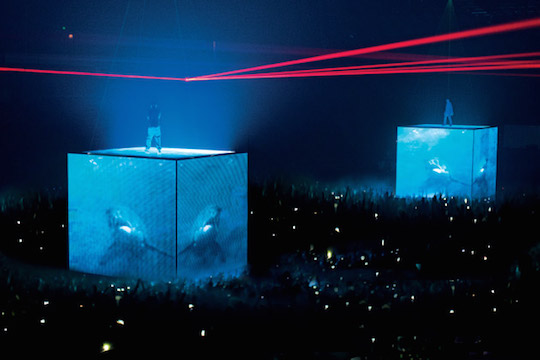
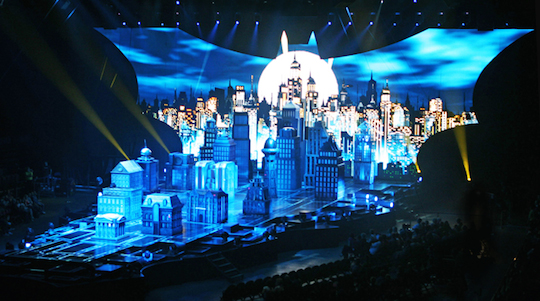
However, as technology advances and levels of immersion offered by home entertainment increases, is it not inevitable that eventually the live experience will be replaced by a far more convenient, yet just as immersive, onscreen equivalent? Devlin isn’t so sure. “It seems unlikely to me you'd ever want to abandon the sensation of gathering people together in a concert, where they cluster together, literally cheek to cheek, sharing the same space. Whether it’s in a concert environment, in an arena or a stadium, it seems to me that that is a real, meaningful, communal experience that gets more and more valuable the less we do it.” And in reflection this makes sense. No matter how impressive the camera work on the latest 3D live concert cinema extravaganza, you’d be hard pressed to find someone at the concert willing to swap their spot squashed up against the railings for a cinema seat thousands of miles away and months later.
Interestingly Devlin feels that despite an increase in consumption of digital media, the live experience has increased in value. “Surely by now cinema ought not to exist. Why do cinemas still exist when everyone could just watch a film at home?” she asks. “Because people love to sit together and to watch a movie with each other. There’s still an understanding you’re among fellow human beings, all having the same imaginative experience.” And perhaps this is something technology can never replicate. Communal celebration and shared experiences are hardwired into how we socialise and interact with one another. It’s been a fundamental part of the human experience since the first homo sapiens bashed a couple of sticks together and realised his friends liked the sound it made. “A troubadour or travelling musician with a ukulele would turn up in a village, they’d play something, they’d get their supper and some coins, and off they’d go. How do you hear that again?” asks Devlin.
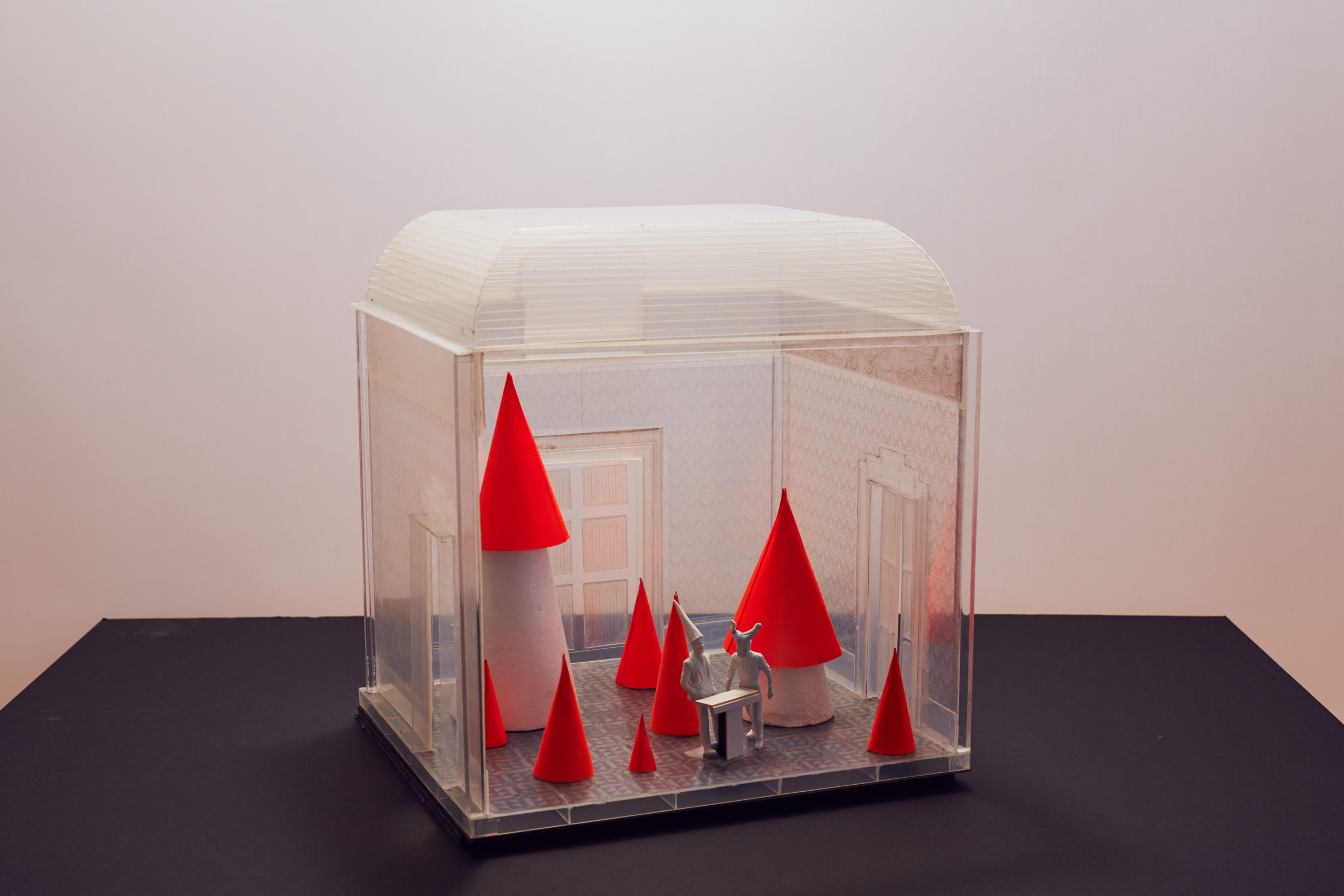
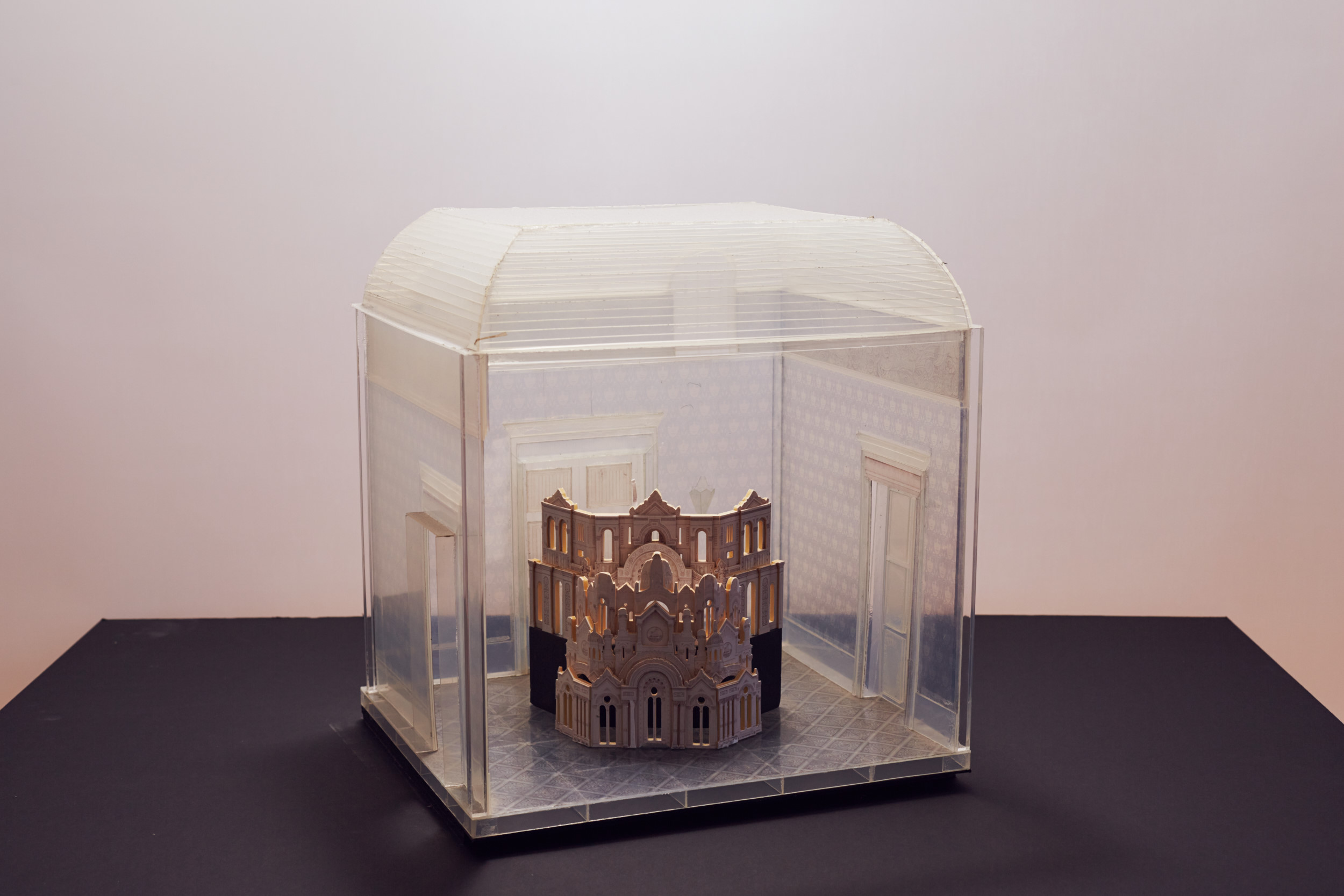
Unless you’re either steadfastly honourable or cripplingly technophobic, these days music is effectively free. Which poses the question: if music costs nothing, is it worthless? Devlin has an answer. “A live concert is an experience you can only get if you’ve bought a ticket. So suddenly, instead of going on tour to promote CD sales, artists now put out a record to promote concert ticket sales.” Things, it seems, have come full circle.
Thanks to the likes of Devlin, the live, tangible experience is not just proving one of the few things immune to the encroaching digitisation of entertainment, but it is also going against the curve and is re-energising an industry many had perhaps written off as doomed. “Now you don’t buy a piece of plastic so it can sit on a shelf in your bedroom – you can hear that music for free. Now you think ‘I want to see this person sing, I want to be in the same room as them, I want to know the words’... that’s what you pay for.”
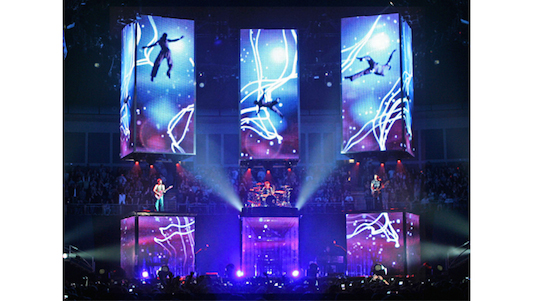
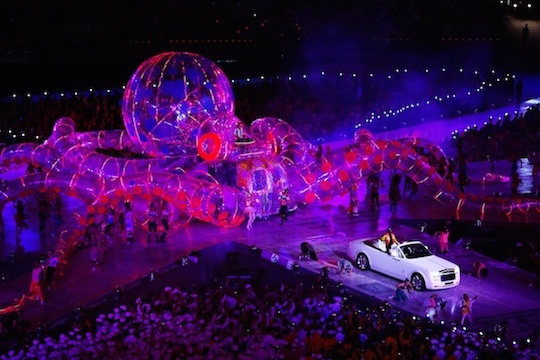



Discussion